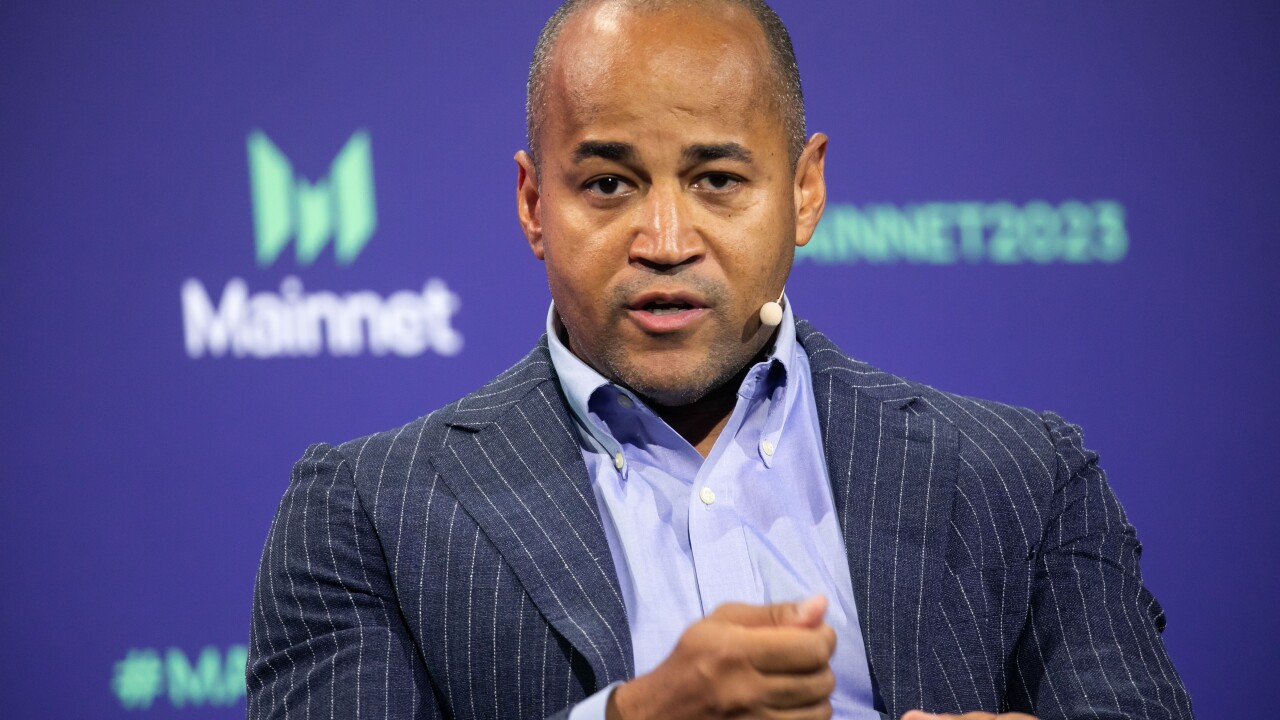WEST PALM BEACH, Fla. — When it comes to a core conversion, many c-level executives would rather schedule a dental appointment for a root canal—in many cases the procedures are equally painful. But, with due diligence a core conversion doesn't have to be.
Since a core conversion is such an expansive topic with multiple moving parts, Credit Union Journal met with three CU core experts to determine how best to start the core conversion process. The first steps focus on discovery and the all-important request for proposal (RFP) process.
"If a credit union is currently considering a conversion, chances are they've taken the time to conduct a thorough evaluation of their technological needs and current deficiencies," said Wayne Benson CEO at Birmingham, Ala.-based EPL, Inc. "Our advice is to always follow the Ben Franklin approach—develop a pro/con list about their current system and then make an informed decision based on the way the scale is tipping."
The Point of No Return
Understanding when to begin the core discovery process is critical to a successful conversion. Veteran industry consultant Sabeh Samaha, CEO at the Chino Hills, Calif.-based Samaha Associates, said executives need to first know how entrenched they are in their current core system.
"Credit unions have to take into account all of the ancillary systems related to the core, including all third parties who have their own timelines," said Samaha whose firm has conducted more than 50 CU core conversions. "Credit unions have to understand what it takes to de-convert as well as convert within sound timelines and the resources associated with it."
It's also crucial to understand there is a "point of no return," he added. "This is the point after which there is not enough time to do a predictable and transparent conversion with a proper discovery phase, selection phase, specification phase, development phase, testing and certification phase, mock/pilot phase, conversion and post-conversion phase."
While time frames vary depending on the size of the credit, experts note that the discovery, search and selection phase, which includes the RFP, could take from six to eight months.
"During the discovery phase we, as consultants, put all the pieces together and develop several strategies we can take. The RFP phase enlightens the CU on which path to take as well as the vendors to select," said Samaha. "The negotiation phase take roughly two to three months, which addresses all details for the conversion process, as well as contractual terms and conditions for pricing and service quality."
The RFP Process
On average, a core conversion RFP will contain upwards of 1,000 questions—maybe even 1,500. These questions should be tailored to the credit union and serve as the "holy grail" for actionable information moving forward (i.e., selecting core provider and vendors).
Doug Fenix, EVP for the Centreville, Va.-based ICI Consulting, explained that there are two components to a RFP. The first is the requirements and definition document, which outline the scope of the project, including timelines, vendor requirements (e.g., pricing and services). The second component is a RFP questionnaire, which are short answer-form questions.
"While there is a base RFP we always work from, every RFP is customized because no two credit union projects are the same," said Fenix whose firm has worked with more than 70 CUs, including core evaluations and conversions. "The benefit of working with a consultant is that they know the steps to take and what to look for."
A recent ICI client contacted the firm regarding a core conversion and conceded its current core contract was to expire in three months. This is a major red flag, said Fenix. "This client is in a bad spot. A credit union has to leave the amount of time necessary to do the whole process and not rush through it. This should be done two years from the desired conversion date."
Benson, whose firm has 75 CU core clients, said credit unions and vendors alike can make missteps during the RFP process. For vendors, he said they shouldn't place a lot of time and effort into responding to a standard RFP from a credit union that has not taken the time to align its current and anticipated technology needs with its strategic business plan.
"Without a clear understanding of the credit union's business objectives, operational requirements, where the credit union is going and how you can effectively meet their needs, the RFP process may not gather the right facts needed to match the right system and right vendor who is aligned to meet the needs of the institutions," said Benson. "This is bad for credit unions and vendors alike."





